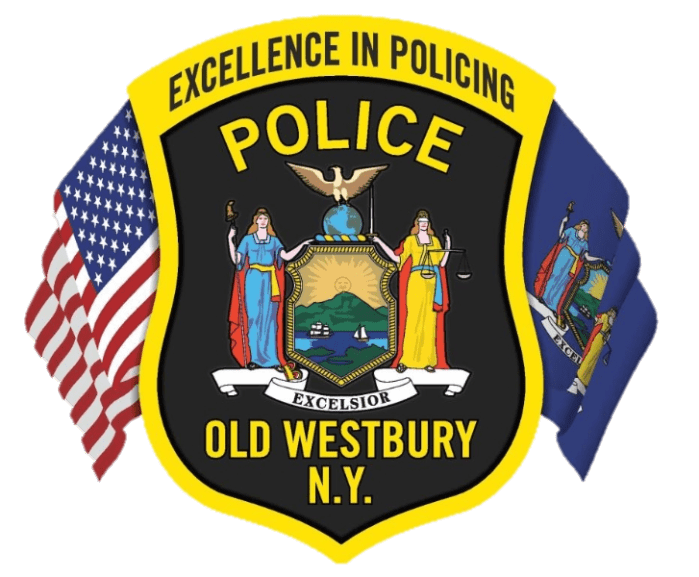
There are many things that set the Village of Westbury apart, but one of its hallmarks is its diversity. People from all around the world call Westbury their home, and have found a place where their culture is not only accepted, but celebrated.
The village’s diversity dates back to its founding by Quakers, who had an inclusive, accepting mindset, acting as some of the country’s earliest abolitionists.
That worldview was upheld in Westbury for centuries, and is still a trademark of the community, which is home to people from all ethnic backgrounds. African Americans and Germans settled in Westbury after the American Revolution, and the building of the Long Island Rail Road brought an influx of Italian, Irish and Polish immigrants. In the 1960s, many Caribbean and Latin American families also began to make their homes in the area.
As of April 2010, the US Census Bureau notes that black or African American people make up almost 22 percent of the Village of Westbury’s population, with Asians making up 6 percent and Hispanic or Latino residents making up 27 percent. As of 2010-14, almost 35 percent of the population were not U.S. citizens or U.S. nationals at birth.
The community has embraced its diversity and allowed it to make the village stronger and more interesting.
“It adds to the richness of the community,” said Village of Westbury Mayor Peter Cavallaro. “Every group that’s here brings something to the table. Everyone seems to be getting along and wants the same kind of community. It’s very diverse, but very coherent.”

Among the groups helping to bridge the gap between government and the people is the village’s Latino Advisory Council. Pedro Quintanilla, a member of the council, said because a majority of the Hispanic community are immigrants who don’t come with a tradition of participating in local government, the council helps open up an important channel of communication.
“It helps demonstrate that the village as a government does look after and care for and highlight the contributions of Hispanics,” Quintanilla said. “I think the biggest benefit is helping the village open up channels of communication and being a conduit and inviting people to participate in the civic life of the village.”
The council recently partnered with the village to organize a Hispanic Heritage Month Celebration, which drew more than 250 people to the parking lot of St. Brigid/Our Lady of Hope School to enjoy cultural activities, crafts and food.
For many of the village’s Italian residents, who may be second, third or fourth generation immigrants, being a part of organizations such as the Maria SS. Dell’Assunta Society of Westbury, Sons of Italy Donatello Lodge, Comunita Italiana, Padre Pio Society and the Durazzano Society, among others, help keep them in touch with their roots.
Visitors to Post Avenue can see the benefits of the village’s diversity first-hand, as they have myriad ethnic businesses and restaurants to choose from, including fare from Italy, Mexico, Turkey, Puerto Rico and the Philippines.
In addition to people from all ethnic backgrounds, the village is also welcome to those of all religions. The village houses Long Island’s biggest mosque, as well as several churches, which often will partner together to offer community services and outreach programs.

“All the ethnic and religious groups are working together to make this village a very welcome place for all,” said Habeeb U. Ahmed, president-elect of the Islamic Center of Long Island (ICLI). “Our strength comes from different ethnic and religious groups.”
To best meet the needs of the community, St. Brigid’s Church offers mass in English, Spanish, Italian and Creole. Tony Stanganelli, pastor of St. Brigid’s Church, said one of his first encounters with Westbury’s religious community was at a food drive the ICLI had conducted for the church’s food pantry.
“The community of Westbury works hard to break down all divisions, racial, cultural, economic and yes, even religious,” Stanganelli said. “I am proud to be part of a community that is so united by our desire to bring to all people a sense of their value, worth and dignity as children of God.”
Providing a home for people of all religious, economic and ethnic backgrounds has allowed the village to set itself apart as a microcosm of the world. As it has done since its founding, the Village of Westbury has continued to embrace and celebrate the differences of its residents, a mentality that has helped shape it into the rich, interesting community it is today.






























